First Panda. Then Penguin. And then the speedy and accurate ‘Hummingbird.’
You get it, right?
I am not talking about birds and animals.
These are well-known algorithm updates by Google that significantly affected search results through the early part of 2014.
They proved that SEO isn’t the only thing that matters. However, they also proved that marketers must get more in-depth with their SEO efforts.
But not many businesses paid heed to the next update that came along…
‘The Pigeon’ (the update’s name as given by Search Engine Land).
Google shook up the local search engine optimization world with this local search algorithm update in July, 2014.
They started with launching it only in the United States. But later in December of that year, Pigeon was expanded to the United Kingdom, Canada and Australia.
So why was this update important and which websites did it affect?
Well, the search engine giant’s intention with this algo shift was:
To give greater weight to local businesses that have neighbourhood-focused keywords.
Want to know the effects of the update?
1. It boosted the visibility of local search directories and Yelp.
2. Reportedly, there is now less of a mismatch between Google search and Map results. Pigeon connected Google maps search and web search in a more cohesive manner. Although the results also depend on the sector of your business.
Businesses based in the mold removal, dui defense, real estate and emergency plumbing industries were badly affected.
3. It was the biggest local search algo update by Google. Look at the fluctuations shown by Mozcast.
Darren reported that there was a 23.4% drop in local packs.
But the update was supposed to lift local businesses and help them compete with authoritative brands, right?
Well some businesses reported a significant improvement in their rankings. Like Shawn M’s clients.
But then there were people like Robert whose Google local listing disappeared from its number one spot in search results.
As you can see, the fluctuations were random and even illogical. Now, Google was giving prominence in local results to businesses with no physical address.
To add to the Pigeon dilemma, look at the heat map and CTRs on new local packs conducted by Mike Ramsay from Nifty Marketing.
He found that each search query could get varied interests based on ads, images and intent.
The conclusion:
Users are clicking all-over the place and hence you just cannot take a one size-fits-all marketing and optimization approach. It’s time to focus on building a fine tuned SEO campaign.
Here are the statistics for the term ‘Burley Lawyer’ on desktop.
Now compare it with the statistics for the same search on mobile.
Ah!
You might have never imagined that this tiny local search engine optimization update would unleash such complex results.
But that’s the point.
Just relax. Let’s step back and revisit Google’s major goal.
It’s to serve the most relevant and personalized results to its users.
Many marketing professionals forget this and operate as if Google is focused on serving them or their clients. Local SEO gets ignored.
And, with the growth of number of searches performed on mobile devices (in 10 countries mobile searches have surpassed desktop):
Proximity based search results are going to get more popular. And we already witnessed that the local search results are changing more rapidly than any other result.
That’s the gist.
The gist is also this: It’s high time to start focusing on local SEO.
Similarly I want to uncomplicated the process of local SEO for you – by breaking it into 3 actionable steps.
Optimize your web presence following these steps and you will start gaining organic rankings. And, higher organic rankings should result in higher sales.
Are you ready to start your local search engine optimization strategy? Whether you run a small business or own the largest retailer in your community, this post will help you boost your results with search engines.
Let’s jump to step number one.
Step #1 – Ensure that your NAP is consistent across the top-ranked directories
I am not talking about sleeping. NAP stands for these 3 details about your business – name, address and phone number with area code (some people also like to add the business website to this info and call the acronym NAP + W).
For a local customer, NAP is the most important information to find about you, right? Especially for the older generation, who simply want to find a phone number to call.
But a 2013 survey of 350 SMBs by ConstantContact found that 49% of businesses never update their name listings online.
Hopefully more businesses will acknowledge the importance of these listings in 2016.
Because Moz in its 2015 local search engine ranking factors survey found that the presence and accuracy of NAP is an important factor. It is a part of the on-page SEO signals that account for 21% in the results factors.
Want to know a major negative local search ranking factor?
It’s mismatched NAP citations. Inside Local found that it accounted for 41% of the total ranking issues.
So now that you understand the significance of NAP, let’s look at how you can set it up.
The first step you need to take is fill the NAP in an easily crawlable HTML text format in your website’s footer (that’s where web users mostly expect it).
Don’t include the NAP info as an image because the information inside them isn’t crawlable for search engines.
You also need to take care of your NAP format for getting credit for it from Google My Business. Here’s an example to help you differentiate between good and bad NAP.
Let me also brief you on the email address, phone number and business category information you’ll provide about your business.
1. Your public email address should be on your own business domain rather than a generic email service provider like Gmail.
Also, use your own domain email as the login for your Google My Business listing. It will add credibility and send a clear message that you’re indeed the owner of the business.
2. Your main published business phone number should preferably be a non-800 number. It’s recommended to use your local area code.
3. In Google’s words, “your business category should describe what your business is and not what it does”.
Darren from Whitespark has seen listings jump 7 spots just by a proper change in primary category. And he has even seen listings disappear due to incorrect category association.
You can change your business category for your Google My Business listing from your dashboard. Here is an example to help you differentiate between allocating correct and incorrect categories.
Next I would strongly recommend you to conduct a local search engine optimization audit.
It should include research on your Google Business My Page listings, your local citations, social media presence, etc.
The local search ecosystem is complicated. If you have previously tried to enhance your web presence by filling in your business information on various listings, your research can become a daunting task.
Here’s a detailed excel sheet template (courtesy of Dan Leibson) you can use.
If you don’t want to do such a thorough analysis, then at least conduct an NAP accuracy and consistency analysis.
You need to check that all the data points of your business on every local citation align perfectly. Even the format in which you mention your business address should stay the same. Because even a small discrepancy in this information can lead to a drop in your local authority.
As an example look at this example of difference in address from HubSpot:
Say that you’ve filled 401 Fort Point Road in one listing, then you need to use the exact spelling on all of your listings. You need to avoid even the minor variations like 401 Ft. Point Road.
You can color code your inconsistent business information with red color in an excel sheet. Look at the example from Casey below.
You might be wondering why you would fill inaccurate or inconsistent information in the first place?
Among many other reasons, one is that you changed your business phone number or location (maybe even rebranded your business name).
For ensuring proper NAP info, Casey starts his interaction with businesses by asking these questions.
Do you need help with finding inaccurate information about your business floating on the internet?
You can use this simple better business bureau (BBB) hack by Phil.
Just Google “your business name + BBB.”
BBB will give you an overview of your business along with any additional phone numbers and web addresses.
As you scroll down, you’ll even get a list of your alternate business names.
I know that BBB.org won’t work for every business. Indeed it’s tough to crackdown on inaccurate information for most businesses; they’re distributed all over the web.
The good news is that the days when you could snag a link by submitting your NAP to any local directory and get a rank lift are beyond us.
Crap directories don’t have a place in Google’s eyes.
So you just need to watch out for those high authority ones that appear right below the local pack.
Start with claiming your business profile on prominent review websites and top ranked local directories. A couple of examples include Yelp and TripAdvisor. But there can be other authoritative ones as well that are relevant to your business.
Let me explain my point with an example.
Look at the search result for the search term “italian restaurant paradise las vegas.”
What do you see after the local pack results at the top?
Ferraro’s website is dominating the number one spot.
But below it, there are review websites in this order – Yelp, OpenTable, TripAdvisor and UrbanSpoon.
So if you are an Italian restaurant serving customers in the Paradise area of Las Vegas, then:
Your goal should be to optimize your local listings in these four directories in the particular order that they appear.
This local directory optimization will also benefit you because you will be found when a user specially searches for local businesses in your industry using the keyword ‘reviews.’
Like “restaurant reviews fredericksburg md.”
I don’t see any local packs in the results below. But Yelp, Tripadvisor and Urbanspoon are all there at the top spots.
The user can also include a directory name in his search query, such as “coffee shops new york yelp.”
Infact Ubersuggest gave me 353 suggestions for the keyword “yelp coffee shops.”
The results for your location will vary. Find the top ranking directory for your location and optimize your business listing for that particular directory.
Such strategic optimization of a select few listings will yield good results in less time.
An important part of optimizing these listings is getting positive reviews from your customers. I’ll talk about that in detail in step #2.
We’re almost done with the NAP consistency and accuracy check. But would you like to give your listings an extra edge?
Then serve your business information to search engines in the standardised method they have requested from you.
I am talking about using the schema.org local business markup for helping the search engines easily identify the info you feed. This is local SEO at its finest.
You can use the markup to give your business information including your address, phone, operating hours, website and accepted payment types.
Look how BeSpoke Music Tuition (a local business in London) uses schema data markup for adding NAP in their website footer.
Matthew Barby has put in the hard work to craft the code you can use in your website’s schema markup. You just need to change the bold entities below with your business details.
<div itemscope itemtype=”https://schema.org/LocalBusiness”>
<p itemprop=”name”>COMPANY NAME</p>
<p itemprop=”address” itemscope itemtype=”https://schema.org/PostalAddress”>
<p itemprop=”streetAddress”>ADDRESS LINE 1</p>
<p itemprop=”addressLocality”>CITY</p>,
<p itemprop=”addressRegion”>REGION</p>
<p itemprop=”postalCode”>POSTCODE/ZIP</p.
<p itemprop=”telephone”>PHONE NUMBER</p>
<meta itemprop=”latitude” content=”LATITUDE” />
<meta itemprop=”longitude” content=”LONGITUDE” />
</div>
We’re done with NAP, but consumers now expect more detailed information about your business. They want to know your hours of operation and your prices. Here are results from a consumer survey about customer expectations.
Although it can be tedious, try to provide maximum information about your business. It’ll give a minor boost to your search engine optimization and make your customers happier.
The first important information is general details about your business. Casey recommends you to use at least 250 words (preferably 400 words) in your Google My Business introduction. It should be unique content to let your customers know in detail about your business.
For your Google My Business listing, you’ll see a profile completeness bar at the top of your dashboard. You can get it to 100% by taking action based on recommendations it provides you.
If you’re short of time, then I would recommend you to use a paid tool like Moz local. It simplifies your work by distributing accurate and consistent business listings to major aggregators like Infogroup, Neustar Localeze, Acxiom, Factual and Foursquare.
They even send you notifications for updating listings, inaccurate spellings in your citations and deleting any duplicate listings.
To get started with Moz local just you need to upload your location data in their excel sheet template.
You can watch the video below to understand how Moz local works.
You can also use Brightlocal for checking accuracy and consistency of your NAP listings. It can even help in tracking your competitor citations and going after them.
Step #2 – Build credibility for your business
You know the power of link building and the importance of building crediblity for your company, whether it’s a small business or a local service.
Would you like to get the top spot among those carousels (local pack listings)? Using link building aside, read on.
Then you need these 3 things.
- Local NAP citations, like your phone number (which we already discussed in step #1).
- Local Reviews – in quality as well as quantity.
- Claiming your business on Google My Business.
First, let’s discuss cultivating good local reviews for your business.
Good reviews can make your business stand out in search results prominently with the rich snippet. This will increase your CTR.
In fact 90% of customers admitted to getting influenced by positive reviews before buying from a business.
The problem is that customers don’t like seeing negatively reviewed businesses – 86% of consumers are influenced in their purchasing decisions based on negative reviews.
To add to the misery, Google as well as Yelp offer convenient rating filters that might just wipe out your business listing (if you’ve low ratings).
Let’s look at how you can get more positive reviews.
Start with changing your mindset about reviews. They aren’t a one time thing, but an ongoing process. A natural progression in the number of reviews on a continuous basis will deliver great results for your business.
Next, zero in on the directory where you want to collect more reviews for your business. Read the terms and conditions of the website to find out if soliciting customers for reviews is okay with them.
Yelp does not permit you to ask for reviews from your customers. They believe it sacrifices their integrity. But you can use Yelp badges on your website to let customers know about your Yelp presence.
On the other hand, Google encourages you to remind your customers about reviews and to encourage feedback.
“Remind your customers to leave feedback on Google. Simply reminding customers that it’s quick and easy to leave feedback on Google on mobile or desktop can help your business stand out from sites with fewer reviews.”
Note: For any directory, I strongly advocate against buying reviews.
Then, you can place links to 2 or 3 listing presences in these five places:
i. On your About page, you can ask your visitors to check you out on review websites.
Look how Matteo’s bar and restaurant mentions its review sites presence at Yelp, TripAdvisor, Urbanspoon and OpenTable.
Or, create a separate page on your website explaining how to post a review. Look at how Dr. Donaldson does it below.
ii. You can also add links to your listings in your website’s header or footer.
iii. You can also add one or two links in your email signature.
iv. Inform the customers you serve offline about these review websites through flyers. You can use Whitespark’s free handout generator for printing flyers that show your customers how to post reviews on Google.
You just need to fill your business details, and click on the generate button.
You’ll then have a pdf ready that you can give to your customers.
v. Offer discounts to your current customer base (maybe you’ve built an email list) for posting reviews.
You can also use a paid service like Get Five Stars for sending automated feedback requests to your customers. It integrates with 45 online review websites including Google, Facebook, Yelp, TripAdvisor and more.
If you want more strategies to get reviews, you can check out my detailed article on getting 5 star reviews at Quick Sprout.
A quick note about negative reviews
Dissatisfied customers are more likely to come online and post about you. But don’t get depressed or ignore the review. Here are the 3 steps you need to take.
i. Start with a sincere apology and try to fix the issue. A great example is RJ Hidson below. Look how he tackles a negative review on his attitude.
Bad reviewers can help you improve your business. Look at this video interview of Top Chef’s Tom Colicchio and Food Network’s Sarah Moulton conducted by Seth Godin. They have turned their failures into successes.
ii. Take the issue offline. Example – Yelp lets business owners email customers for resolving issues.
iii. Request that the reviews website remove a defamatory or fake negative review. If you aren’t allowed to do so, then you’ll have to rely on getting more 5-star reviews.
Let’s discuss how you can setup your Google+ Local listing.
76% of SMBs in Inside Local’s survey reported a good or excellent ROI. So you need to dedicate time to Google My business.
If you haven’t claimed your business on Google My Business, then here is a video tutorial to walk you through the process.
In step 1, I have already emphasized adding unique, in-depth information about your business. I’ve also hopefully shown the importance of keeping your NAP consistent with other listings.
Here are a couple of more important recommendations about Google My Business.
1. Upload as many high-quality pictures of your business as possible.
Generic photos won’t convince your customers, whereas accurate high-quality photos will increase your CTR.
2. Get as many reviews on Google as possible because it’ll lift your search rankings.
Finally if you find your business has duplicate listings, you can use Google’s Map Maker for removing them.
Step #3 – Create local content for earning links, social media following and press mentions
Most businesses forget that ultimately even their local search rankings are heavily influenced by backlinks. Your customers also look for the social media presence of your business. In fact, social media can serve as a substitute for your website.
In the Moz local search engine ranking factors survey, link signals accounted for 18.3 % and social signals accounted for 5.8 % of the total.
What does that bring us to?
Good old content marketing.
It can help you in increasing your social following as well as earning backlinks.
For getting your local SEO campaign off the ground, creating local content can do wonders. You can get local press mentions as well.
So how do you start to make your content locally relevant?
Not by just stuffing a local phrase.
Yes, including your city or neighborhood names in the title in your content will help. But you should aim to add value to your local community
You can include details about upcoming events in your locality. Or start a blog and post about local industry gatherings, news, etc.
But, I want you to get out of the closet and not think of content just as written word. Mike Ramsey puts it aptly – everything around you that tells a story is local content.
Let me show you 4 examples.
1. You can dedicate a website section to posting reviews from your customers. Look how beautifully Dr. Jeffrey Donaldson, a plastic and reconstructive surgeon in Columbus, Ohio does it by publishing video reviews on his website.
He even has a section on patient selfies.
Isn’t this a creative way to build credibility and gain more business?
Scott (Dr. Jeffrey is his client) says that these reviews have not only helped in reaching potential patients. But they have also led to new patients asking the doctor’s staff to feature them on their website.
2. You can create a neighborhood guide like Airbnb has done for some its most popular locations.
The process they followed was very simple.
i. Hire a local photographer to shoot the area. (They even feature the photographer in their guide).
ii. Give key information about the location. Look at their Hell’s Kitchen guide. They tell you that ‘public transit is easy.’ They even show the time it’ll take you to reach JFK Airport, Times Square and Wall Street.
iii. Integrate the most popular and current local listing data on the page.
You can also craft a similar guide for your locality. You don’t need a hefty budget. Just click the photos yourself with a good quality camera.
3. You can also post BuzzFeed style listicles about your locality.
A great example of a website that uses this technique is Movoto (where they claim to share the lighter side of real estate).
They claimed to have taken their content lessons from UpWorthy. And look at their performance now.
Some of their most popular articles include “10 Boise Stereotypes that are completely accurate” with 60K shares.
And their article on moving to Salt Lake City with 65K shares.
They even create videos on pronunciation and food taste. Obviously, such videos are entertaining and they have been successful for Movoto.
4. You can even turn your product/service collaterals into content.
Look at the video below in which Craig Simpson – the General Manager of Rydges Hotel at North Sydney Australia explains the iPad menu.
The video has 20K+ YouTube views. Better still, it impresses the customer since they can order from an iPad.
But it can also get you coverage from niche blogs and local press mentions.
Another example is the Duo Restaurant in New York. They illuminated their menus that helped their customers to place the order in their subdued lighting environment.
This earned them links and mentions from likes of Wired.
Hopefully these examples have triggered your creativity.
Once you have a few ideas, you can create local content. But as you might know, creating content is just the start. Without proper marketing and distribution, you’re only going to get lost in the sea of content.
That’s where social media can help.
G.Michael Salon in Indianapolis is the number one salon in the city. And they invest a whooping 33 hours every week on social media marketing.
The kind of content they publish includes before and after hairstyle makeovers, contests, and local charity support.
Through social media, they have connected with fans beyond their locality. And now they are recognized as a formidable brand. Just look at their results.
Another example is of a small Idaho farming community. Mike created a blog post about trouble coming to burley.
And then used Facebook Ads at the cost of $.06 per click and 12.7% click through rate to get 6,639 clicks to his website.
Finally, you should also perform traditional outreach (and other link building methods) after content creation and promotion. This will help in strengthening your website’s authority.
Google has updated its local pack to include just 3 results instead of 7.
And reportedly, link signals played a major role in getting you in those 3 spots.
Bonus: How to create an optimal local landing page?
Creating a landing page for your products as a local business can get tricky. Here is an infographic by Avalaunch Media to help you craft a high-converting one.
Conclusion
If you’re a local business, fighting for positioning with search engines is tough, particularly if you’re a small business owner with limited resources. Local search engine optimization can help you in gaining relevant search engine visibility and getting more local leads. In fact, geotargeting keywords can rope in as much as 333% more revenue. Meaning, it should play a large role in your SEO campaign.
The local SEO landscape is rapidly moving and it’s essential for you to stay on top of it to stay relevant and attractive to search engines.
The search engine giant that is Google is all set to serve more relevant and personalized location-based results to the mobile audience, for example.
Jump on the local optimization bandwagon with the first NAP step I mentioned. If you keep up your local SEO efforts, you’re surely going to derive benefits with Google’s Pigeon updates.
Best of luck with your newly-refined local SEO campaign.
I would love to hear your thoughts. What steps do you plan to take for tackling the Pigeon update? What local SEO strategies have been most beneficial for you? Have you seen a surge in your search results? Any thoughts on local search engine optimization would be appreciated.










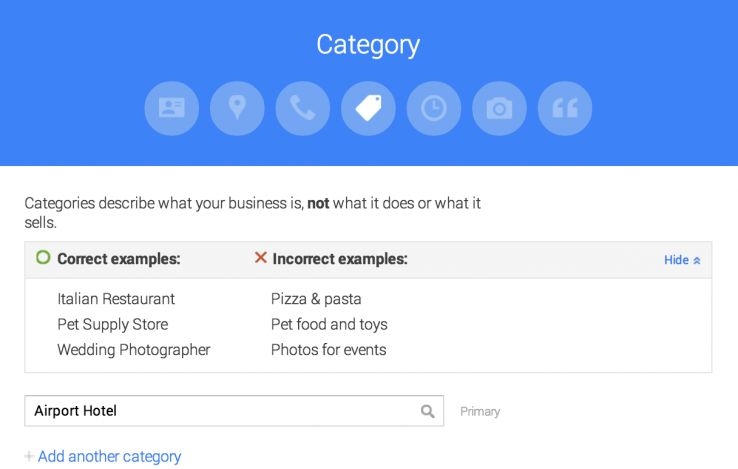






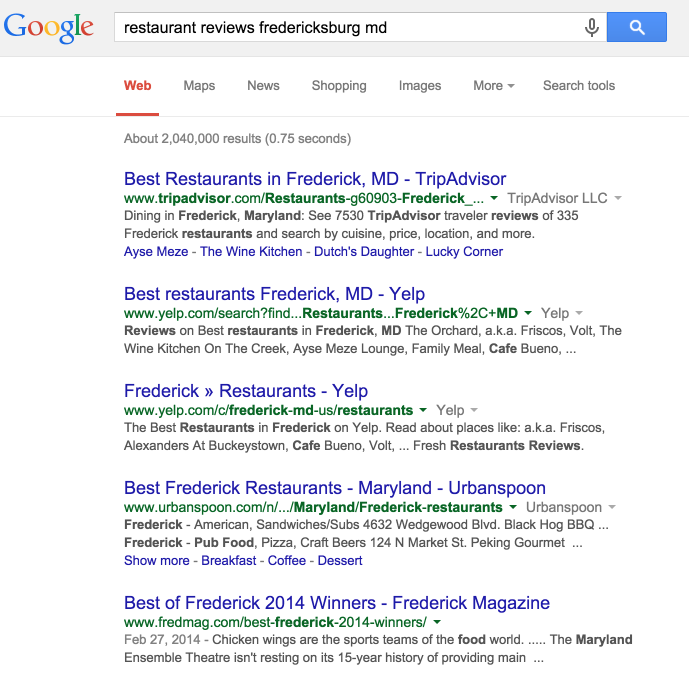
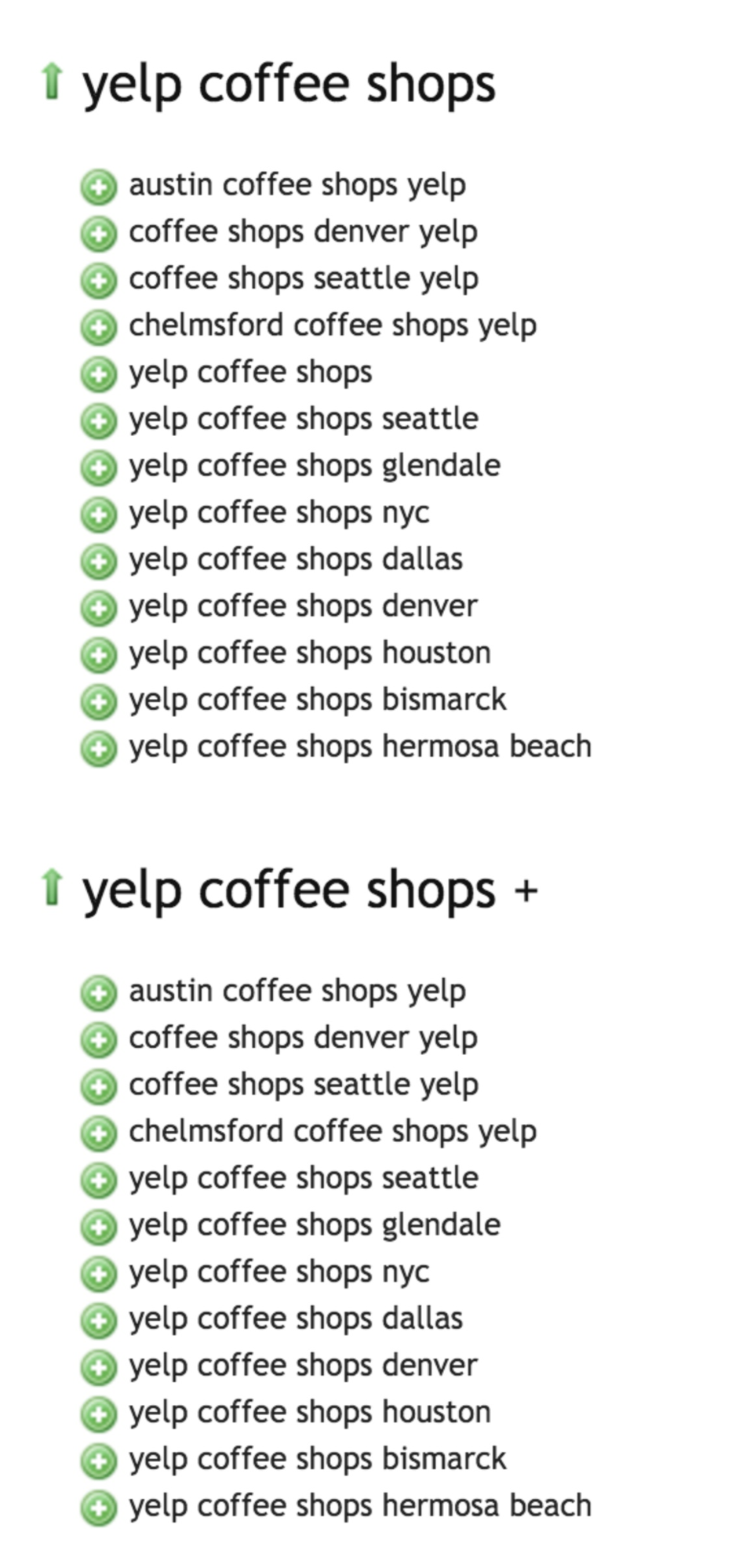
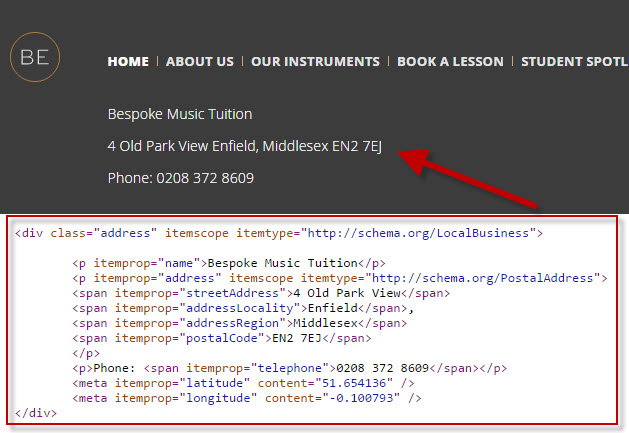

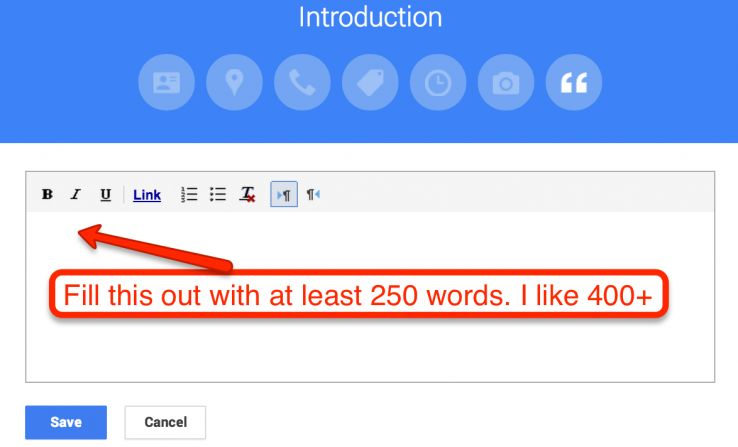









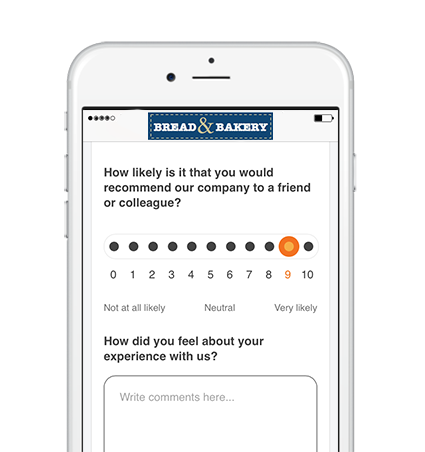


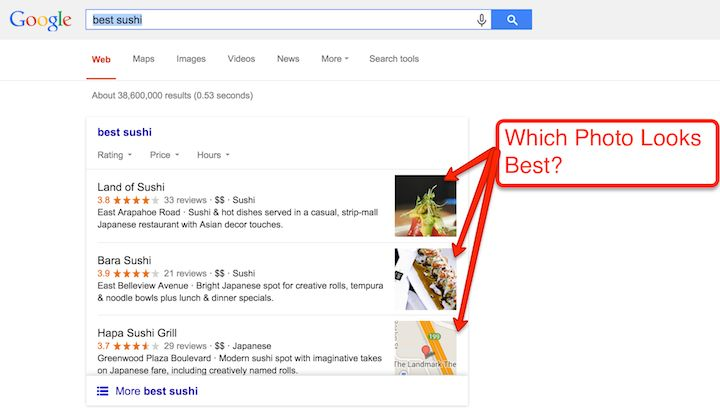



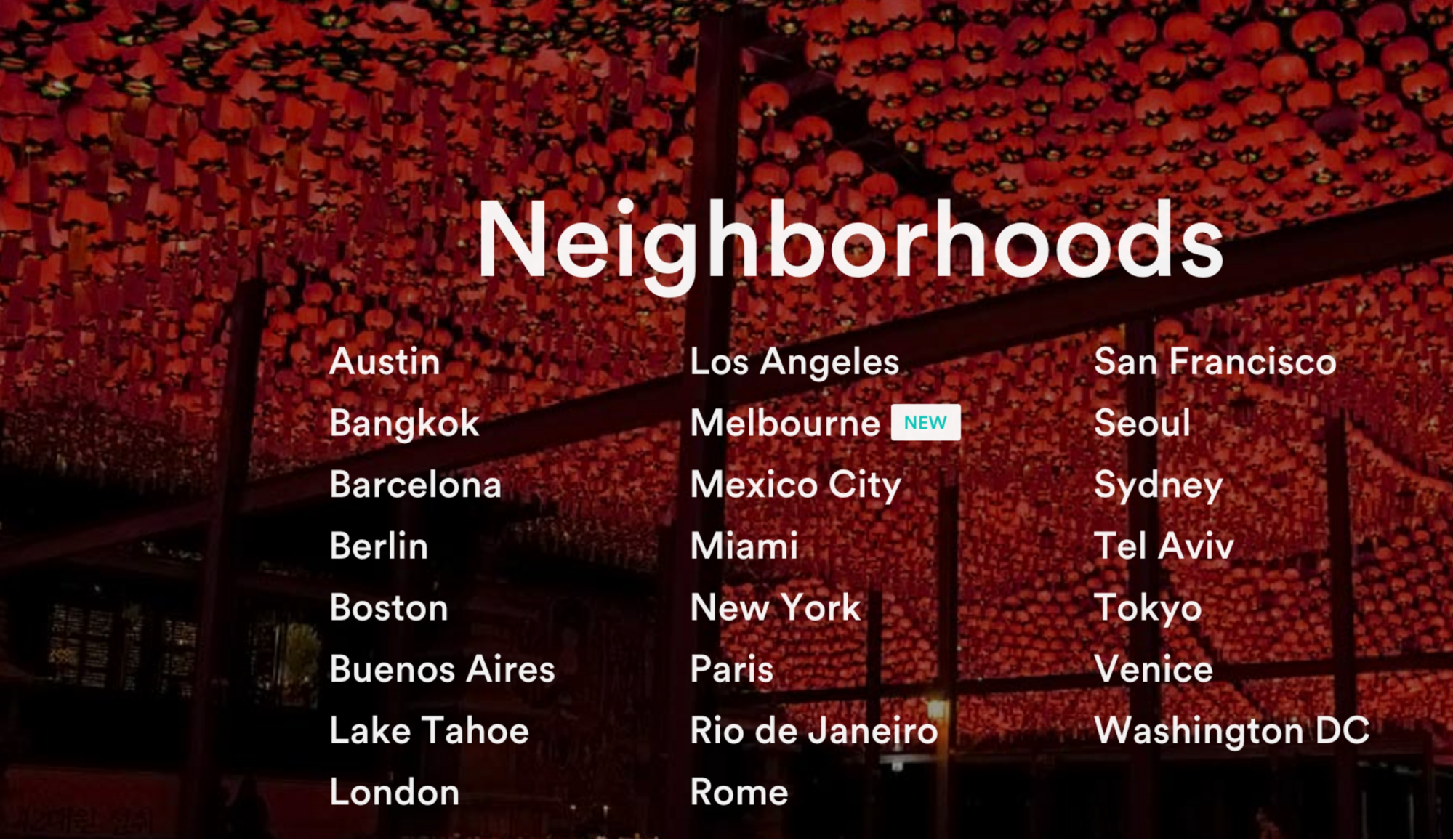



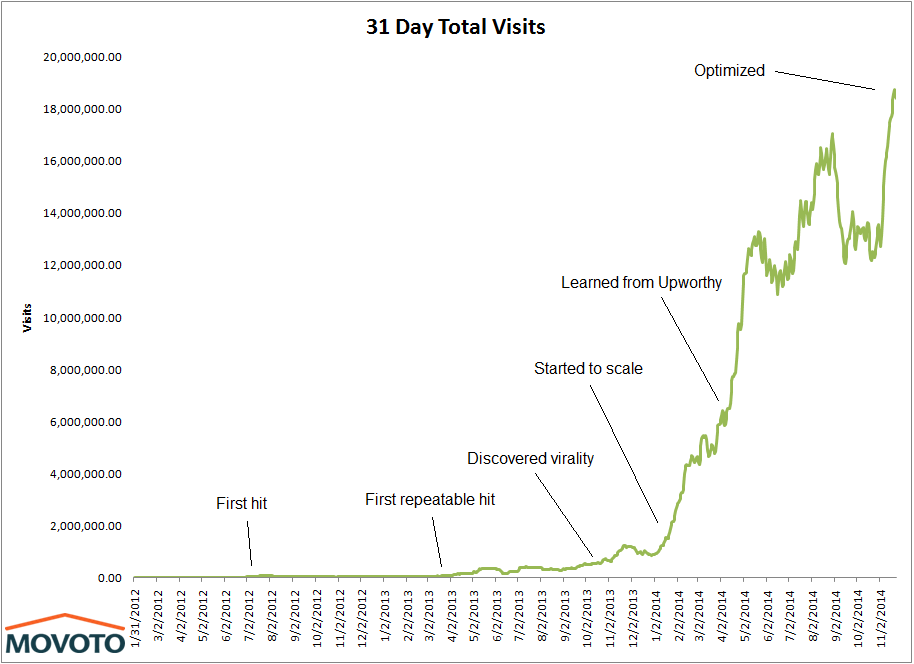










Comments (131)